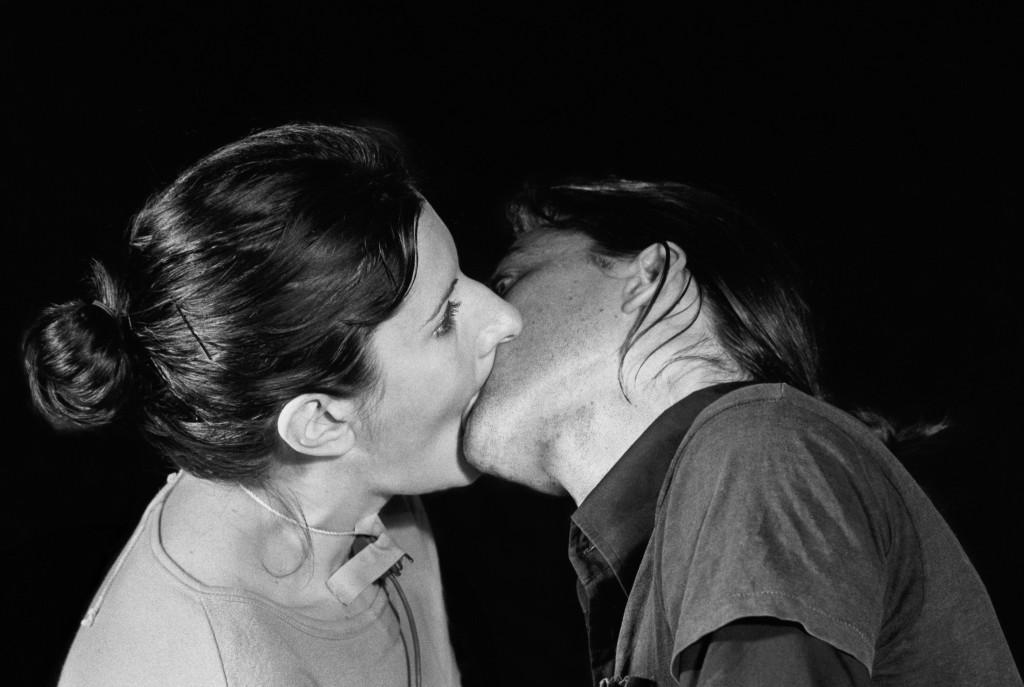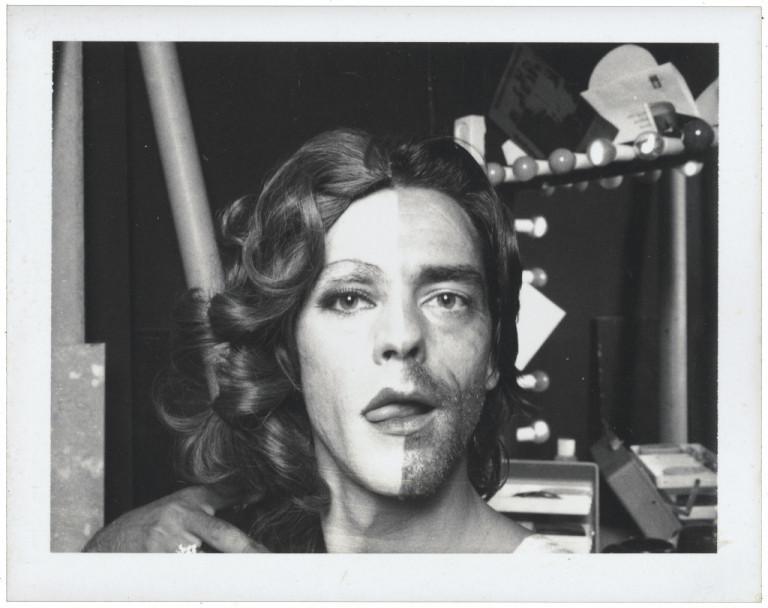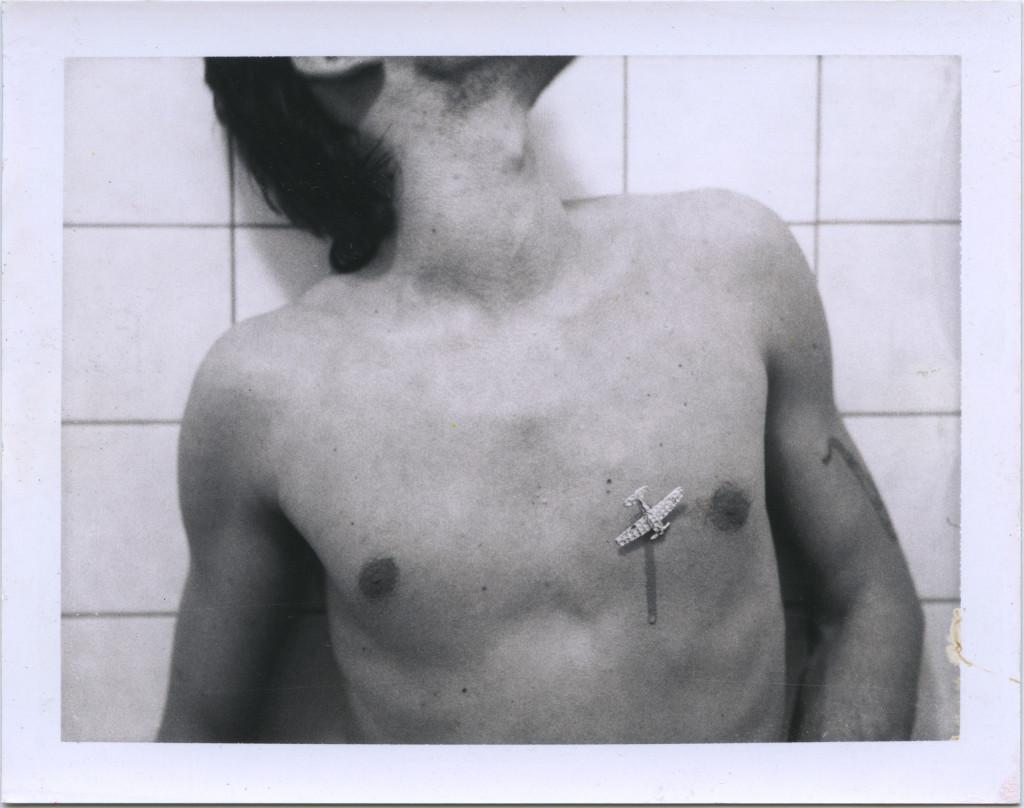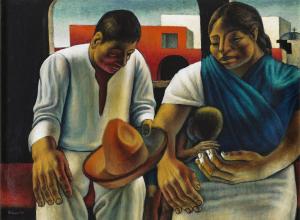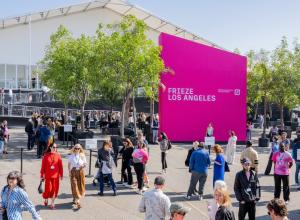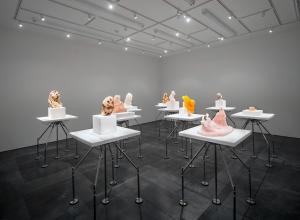THE EXHIBITION
Comprising approximately 200 works, some never before exhibited, ULAY WAS HERE examines entire oeuvre by pivoting around four key themes that amplify the contemporary relevance of his work: his focus on performance and the performative aspects of photography; his research into (gender) identity and his body as a medium; his engagement with social and political issues; and his relationship with Amsterdam, the city where he lived and worked for four decades. The exhibition includes photographs, Polaroids (both black and white and color, from small to life-size), Polagrams, sculptures, projections (video and photographic recordings of performances, films), and documentary material.
ROOTED IN PHOTOGRAPHY
Ulay’s complex artistic expression is rooted in photography. From its outset, his artistic career was a thematic search for understanding the notions of identity and the body, mainly through series of aphorisms, visual poetry, Polaroids, and intimate performances. Taking hundreds of self-portraits, Ulay explored and modified his body, writing on his skin and adorning, piercing, or cutting it. He developed an approach that was novel in both method and subject matter, using the camera as a tool to investigate his identity while exploring socially constructed issues of gender. In the Polaroid series S'he, for instance, he presented himself as half man, half woman. Radically merging his life and art, Ulay undertook a life-long exploration of his own identity, searching for what it means to be the “other,” be it another gender or a minority of some kind.
FROM PHOTOGRAPHY TO PUBLIC PERFORMANCES
Over time, Ulay’s handling of photography became increasingly performative, resulting in FOTOTOT, a series of performances in 1975 and 1976, which critically examined the transient and changeable nature of the photographic identity and the phenomenon of the audience. Later, performative tendencies within the medium of photography transformed completely into the medium of performance. After his iconic action in public space, Irritation – There Is a Criminal Touch to Art (1976), Ulay broke new ground in performance art together with Marina Abramović. The two propelled each other into ever more extreme and unexplored realms of emotional discomfort and physical endurance. Also in his later performances, his body remained the object of research.




